The Ariya, Nissan's first all-electric SUV, hits the market in the summer of 2022 and points the way for the Japanese brand's electrification, which had already been opened with LEAF. But despite all this, the Nissan bestseller still has a name: Qashqai.
It was he who popularized the SUV/Crossover, in 2007, and since then it has sold more than three million units. It is a very significant number and gives you an added responsibility whenever you update or, as now, a new generation gains.
In this third chapter, the Nissan Qashqai is bigger than ever, saw the list of enhanced equipment, the expanded technological and safety offer and gained a new aesthetic, based on the well-known “V-Motion” grille of the brand's latest models.
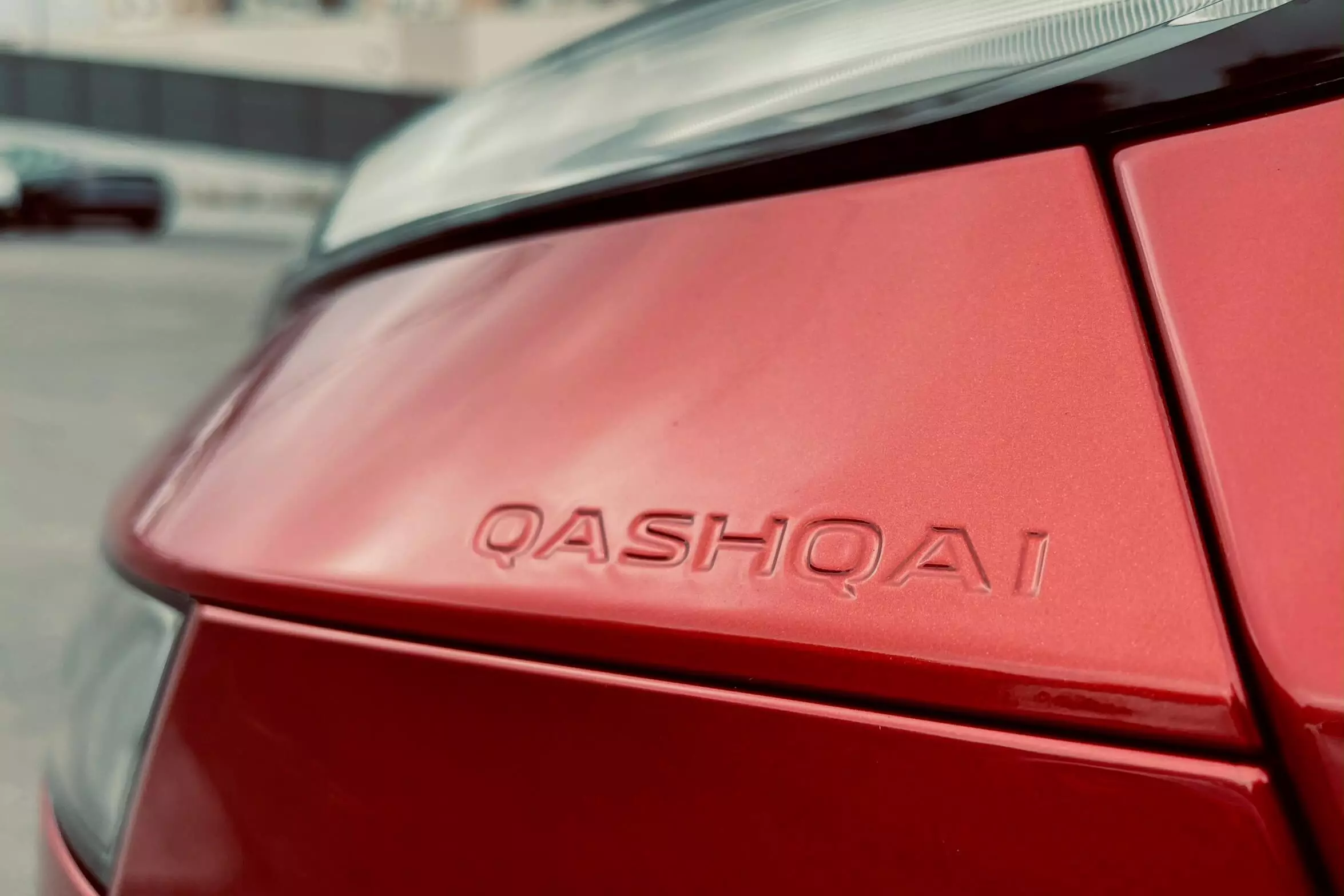
Diogo Teixeira has already shown you everything that has changed in Qashqai three months ago, in his first contact with the Japanese crossover on national roads. You can see (or review!) the video below. But, now, I was able to spend five days with him (where I did about 600 km), in the version with a 1.3 engine with 158 hp and a six-speed manual gearbox, and I'll tell you how it was.
The carbon emissions from this test will be offset by BP
Find out how you can offset the carbon emissions of your diesel, gasoline or LPG car.

Image has changed… and well!
Aesthetically, the new Nissan Qashqai presents an entirely new image, although it hasn't completely cut the lines of the previous generation. And that allows you to be easily recognized.
This new image follows the visual trend of the brand's most recent proposals from the country of the rising sun and is based on a large “V-Motion” grille and a luminous signature — quite torn — in LED.
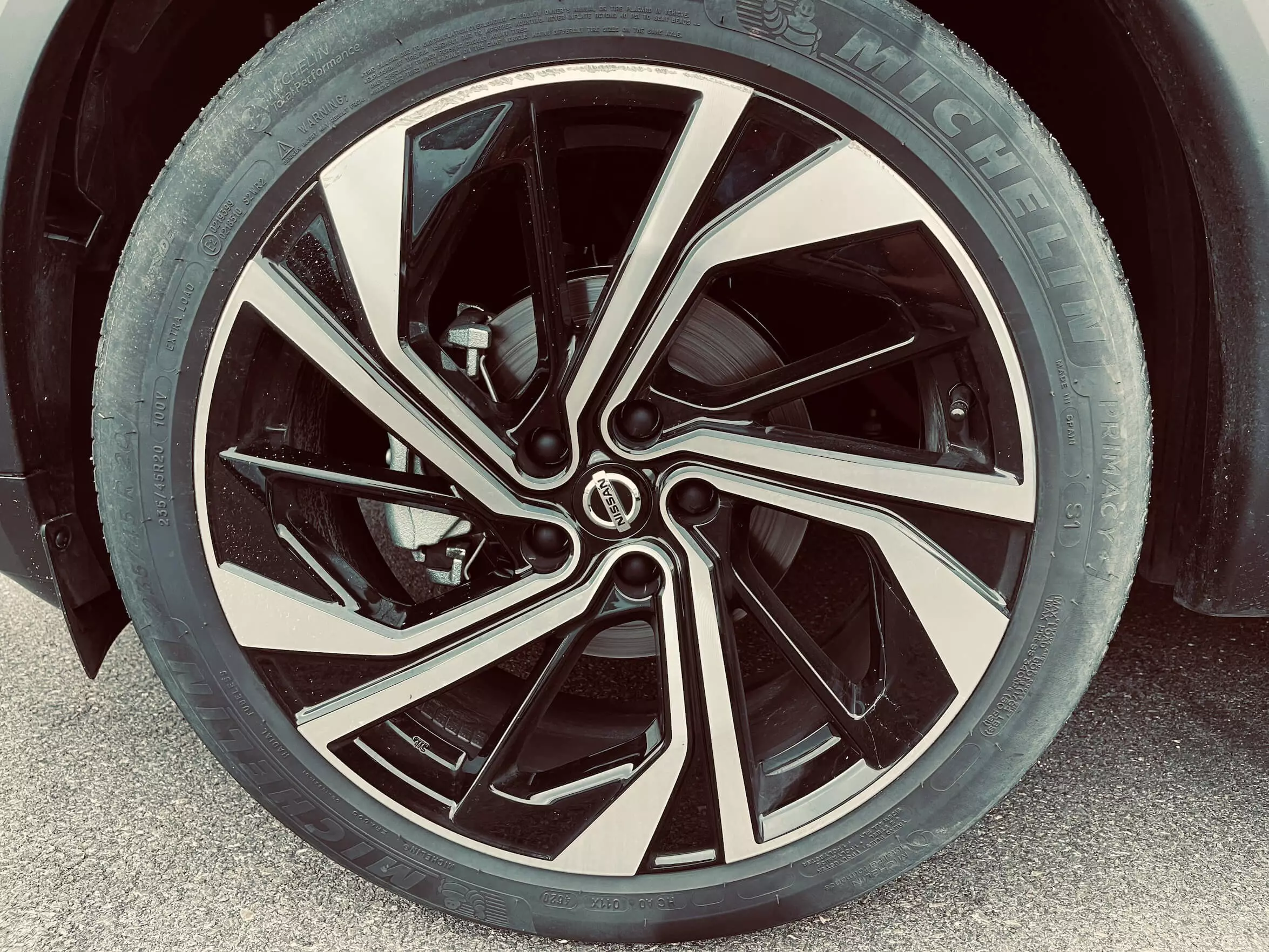
Available for the first time with 20” wheels, the Qashqai takes on a strong road presence and conveys a greater sense of robustness, largely due to the very wide wheel arches and very prominent shoulder line.
In addition to all this, it is important to remember that the Qashqai grew in every way. The length was increased to 4425 mm (+35 mm), the height to 1635 mm (+10 mm), the width to 1838 mm (+32 mm) and the wheelbase to 2666 mm (+20 mm).
In terms of proportions, the changes are notorious. During this rehearsal I ended up parking once next to a second generation Qashqai and the differences are significant. But if the impact in terms of image and presence is great, it is also noticeable in the interior.
Space for everything and… everyone!
The increased wheelbase allowed a gain of 28 mm in legroom for the rear occupants (608 mm) and the increased height of the bodywork allowed the headroom to be increased by 15 mm.
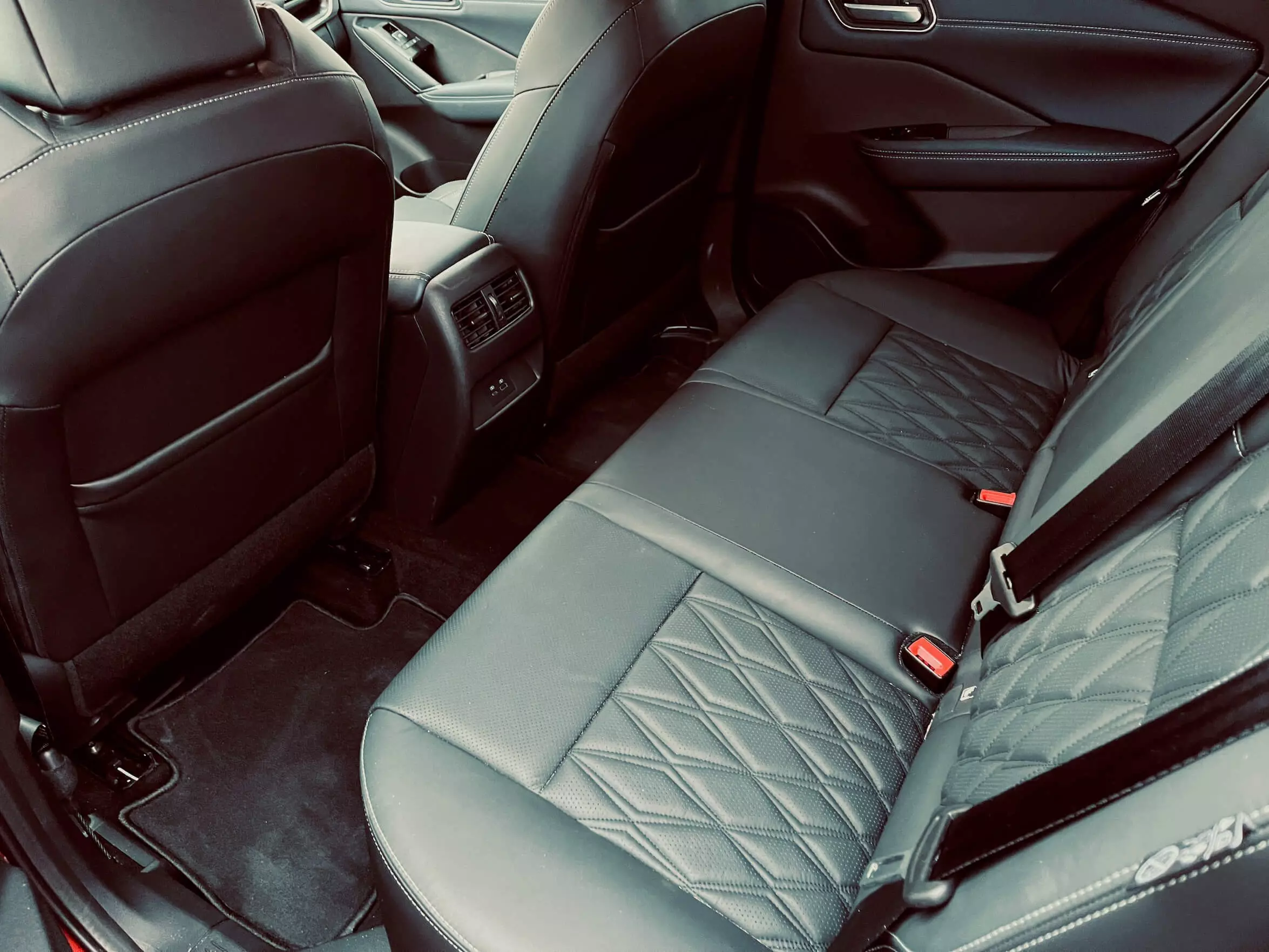
On paper these differences are significant, and believe me they make themselves felt when we sit in the second row of stools, that they will have no problem accommodating two medium-sized adults and a child. Or two "seats" and a person in the center, for example...
Behind, in the trunk, considerable new growth. In addition to offering an additional 74 liters of capacity (a total of 504 liters), it also made available a wider opening, as a result of a different “storage” than the rear suspension.
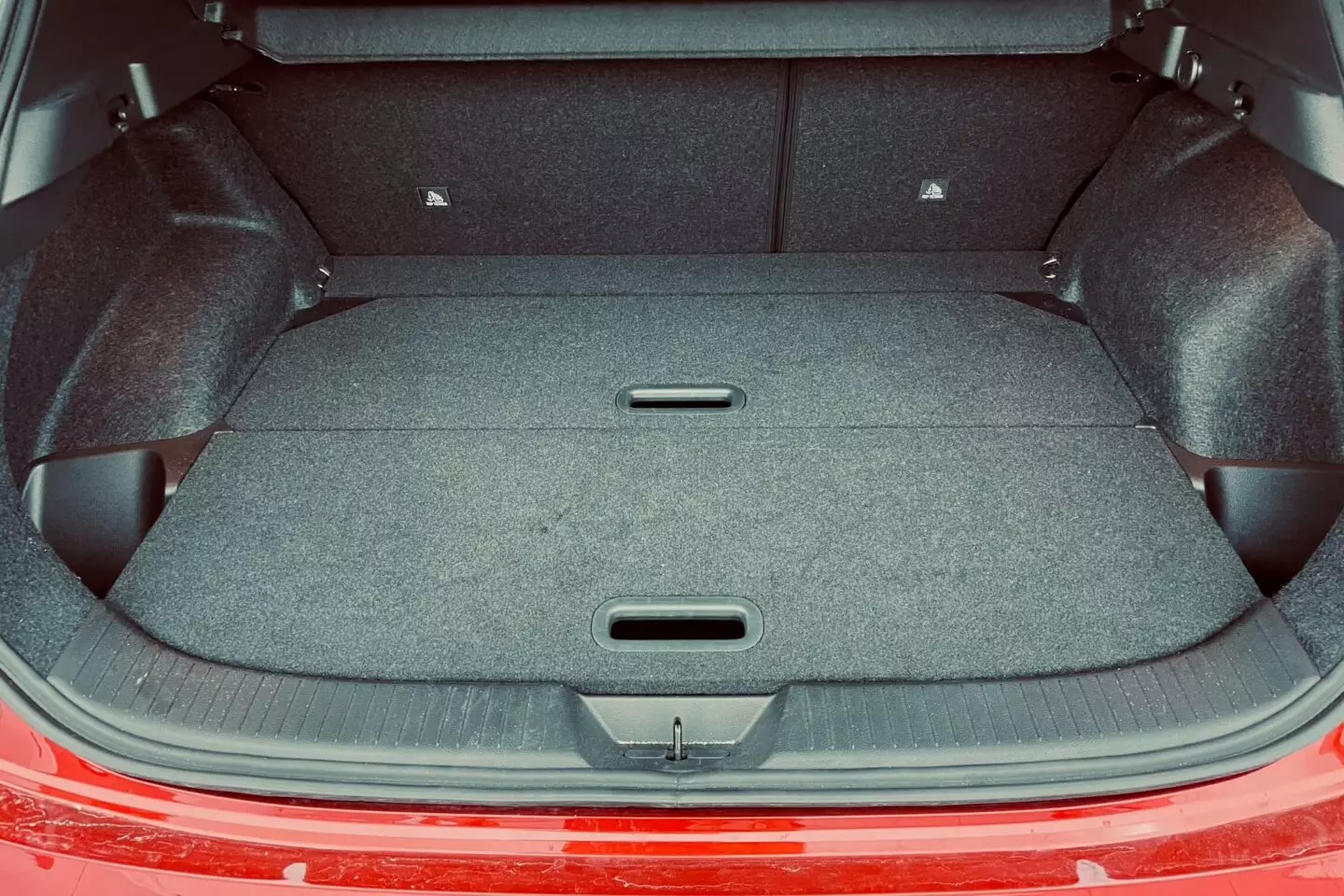
Dynamic surprises
With the adoption of the CMF-C platform, the familiar characteristics of this SUV were all reinforced, which is hardly surprising, considering the growth observed.
Much more surprising are the improvements in dynamics. And the fact that this Qashqai has an entirely new suspension and steering can't be remote from that.
And since we're talking about the suspension, it's important to say that the Qashqai can count on a torsion axle rear suspension or a more evolved independent suspension on four wheels, which was precisely the one I tested.
And the truth is that it is very easy to detect an evolution compared to the second generation model. The steering is much more precise, the bank in corners is well controlled and the suspension damping is quite acceptable.
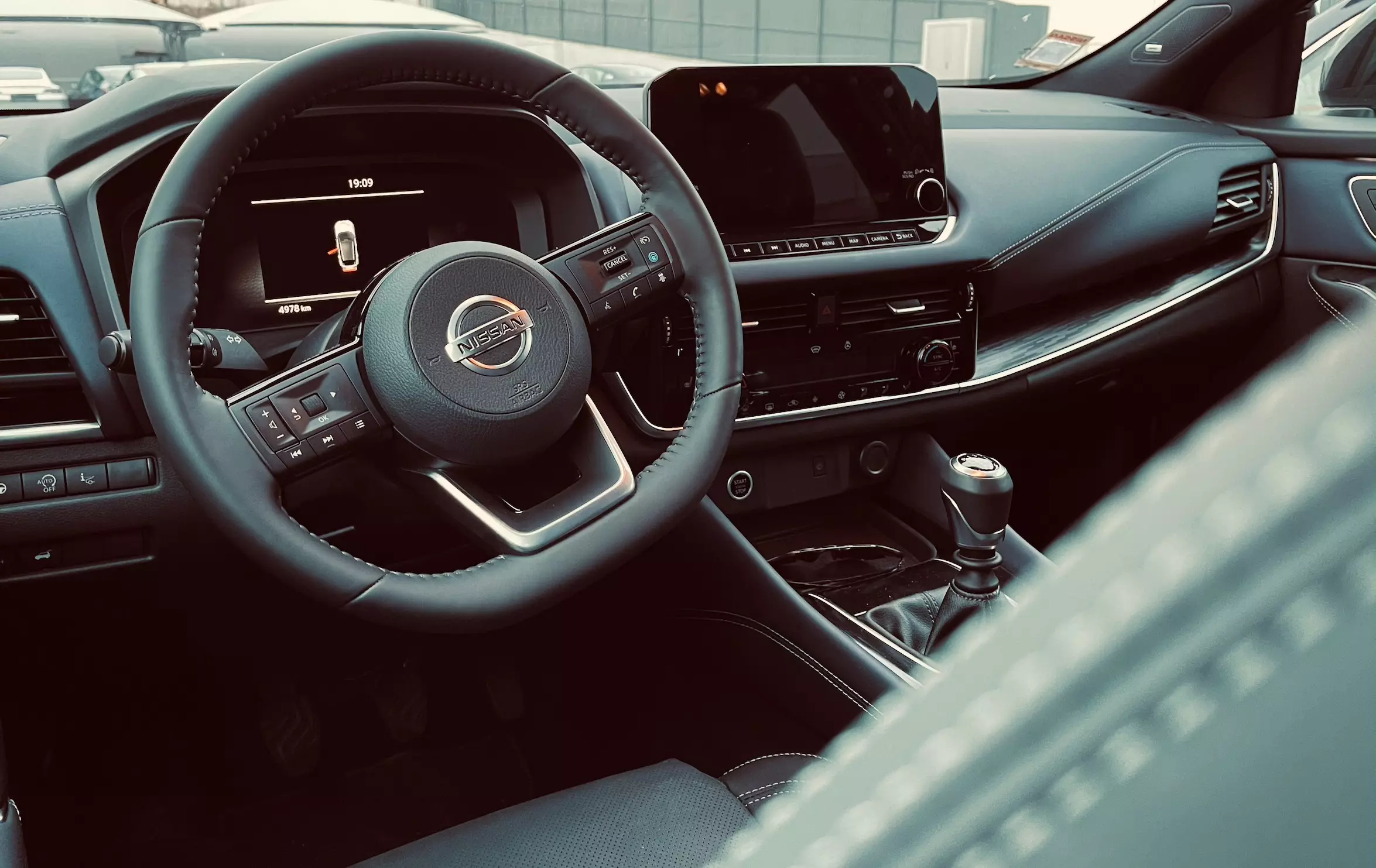
And all this is accentuated in Sport mode, which slightly increases the weight of the steering, makes the accelerator pedal more sensitive and invites higher paces. In this field, nothing to point to this SUV, which gives a very good account of itself. Even when we abuse it a little more, the rear always helps to facilitate curved insertion.
And off-road?
The images that accompany this essay already denounce it, but for the more distracted it is important to say that I also took the Qashqai to the “bad paths”. A weekend in the Alentejo allowed him to pose several challenges: highway, secondary roads and dirt roads.
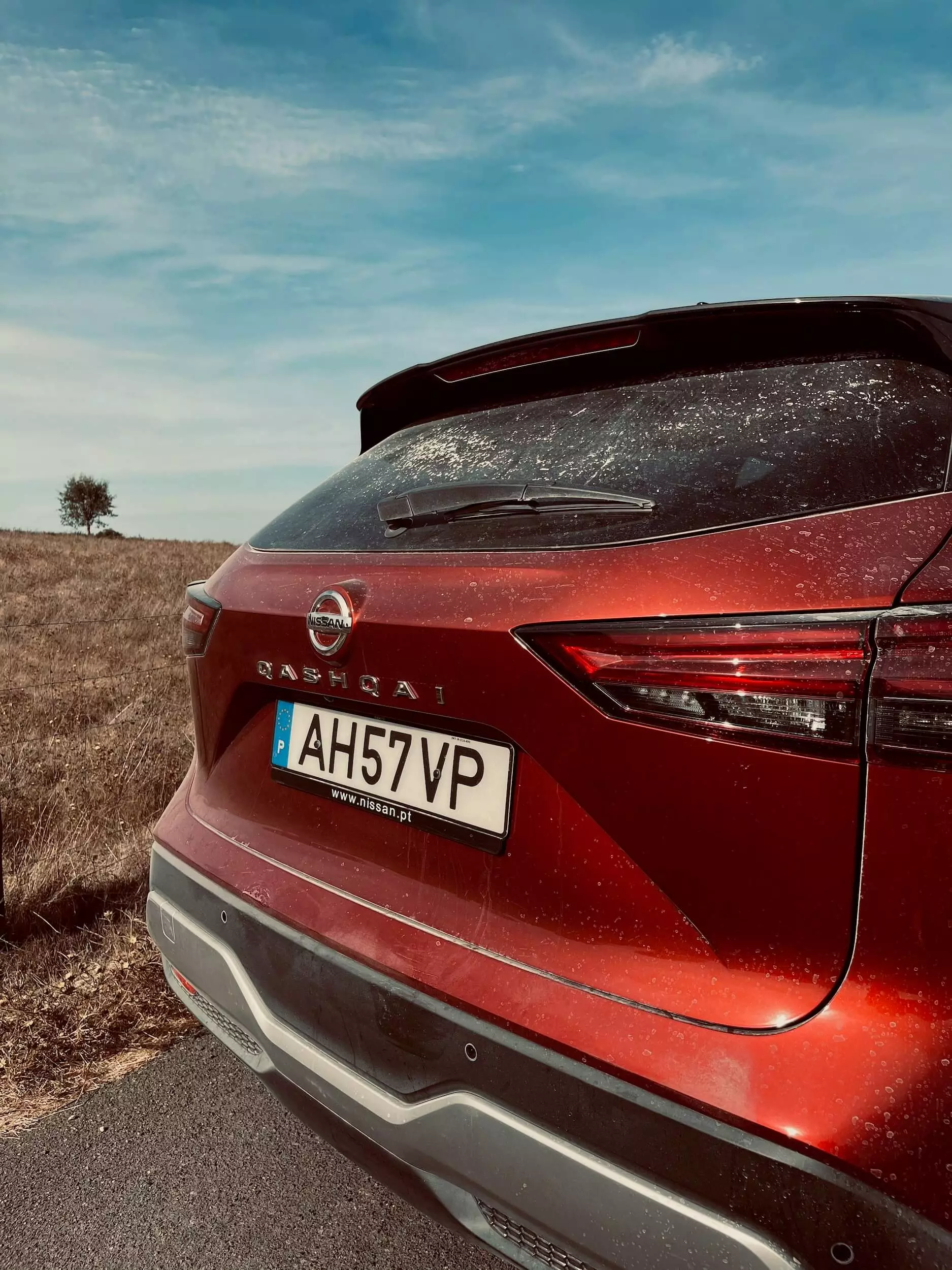
The latter was clearly the scenario where the Qashqai had what it took to do worse. After all, the unit I tested had a firmer rear suspension and 20” wheels and 235/45 tires.
And off-road, the oversized wheels and the somewhat stiff suspension made us “pay the bill”, with this Qashqai proving to be something “jumpy”. In addition, there were also more sudden vibrations and noises coming from the rear.
Discover your next car
And on the highway?
Here, everything changes and the Qashqai feels like “a fish in the water”. The “roller” characteristics of this Japanese SUV are better than ever, the firm suspension is never an issue in terms of comfort and the experience behind the wheel is very comfortable.
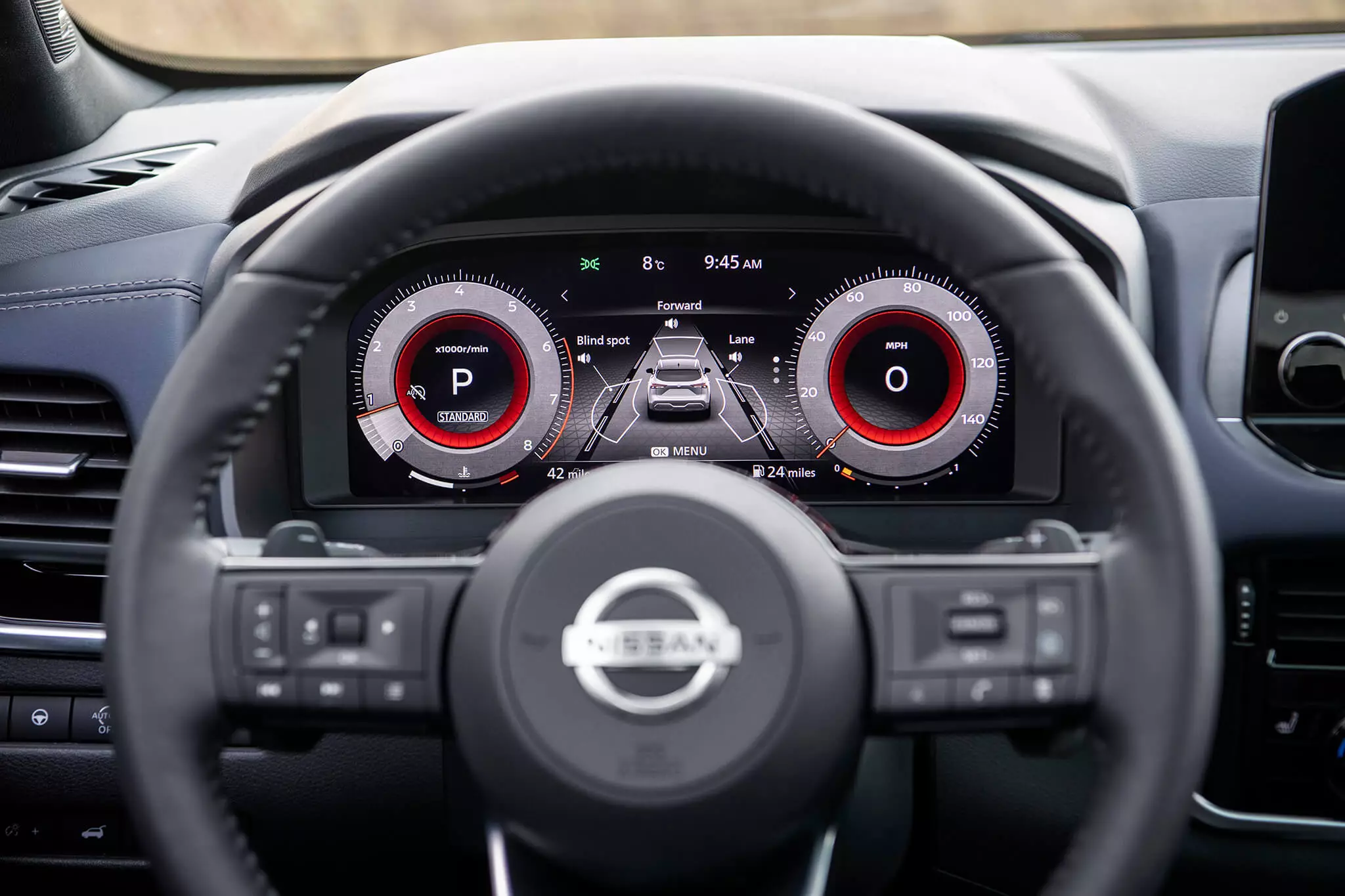
And the multiple driving aid systems that equip this model also contribute a lot to this, namely the adaptive cruise control, the carriageway maintenance system and the distance control for the car in front of us.
Engine has "many faces"
On the highway, the 1.3 turbo gasoline engine — there are no Diesel versions in this new generation — with 158 hp (there is a version with 140 hp) is always very available and reveals an interesting elasticity, while at the same time providing us with consumption around 5.5 l/100 km.
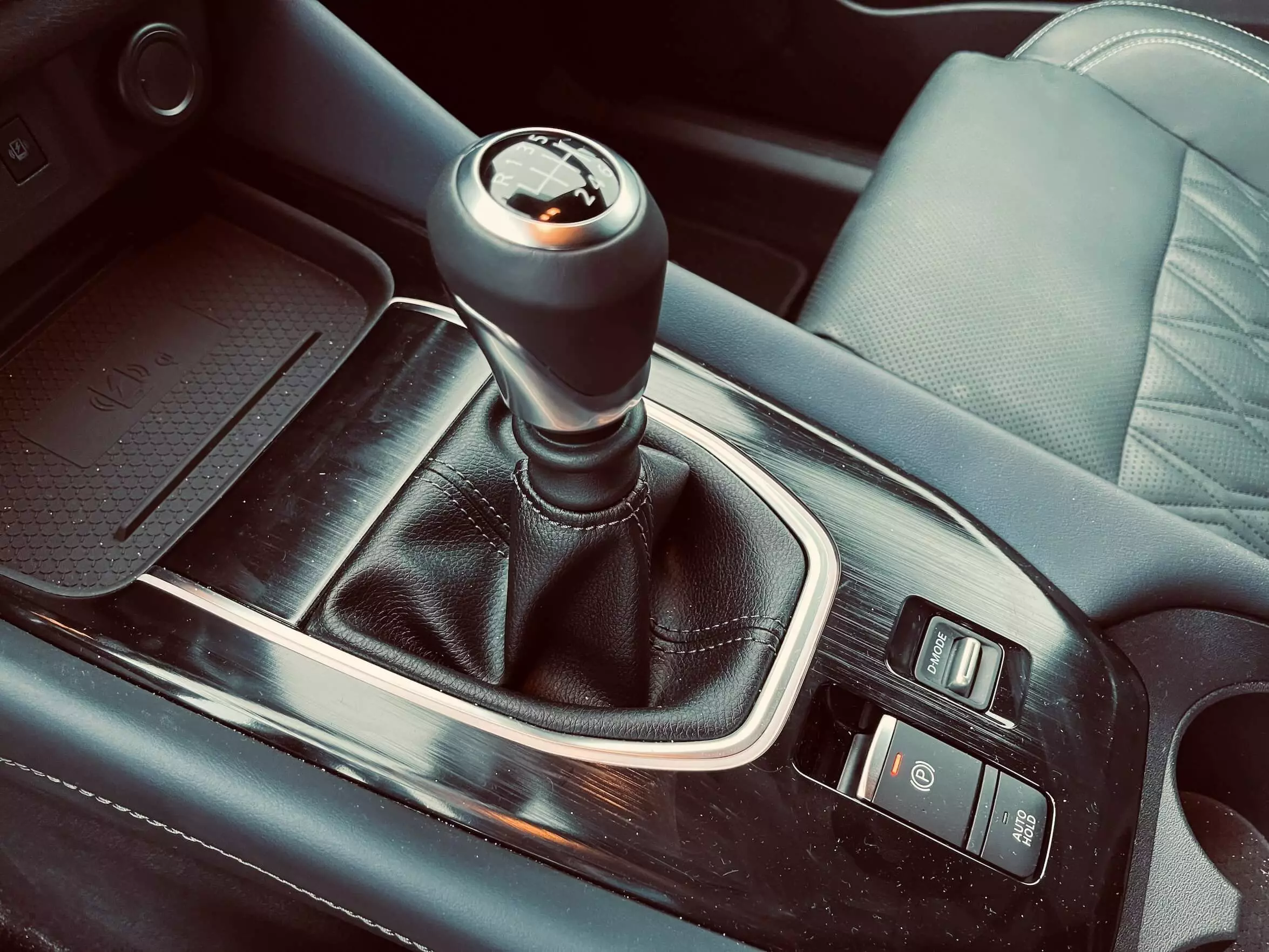
However, I was not so convinced in town. At lower revs (up to 2000 rpm) the engine is lazier, which forces us to keep it at higher revs and work harder with the gear to find the availability we need. And not even the 12V mild-hybrid system can mitigate this feeling.
The gearbox mechanism isn't the fastest either — I believe the CVT gearbox version can improve the experience — and the clutch pedal is too heavy, which impairs its sensitivity. All of this combined sometimes generates some undesirable bumps.
What about consumptions?
If on the highway the consumption of the Qashqai surprised me — I was always close to 5.5 l/100 km — on the “open road” they were higher than those advertised by the Japanese brand: at the end of the five days of testing and after 600 km, the on-board computer reported an average of 7.2 l/100 km.
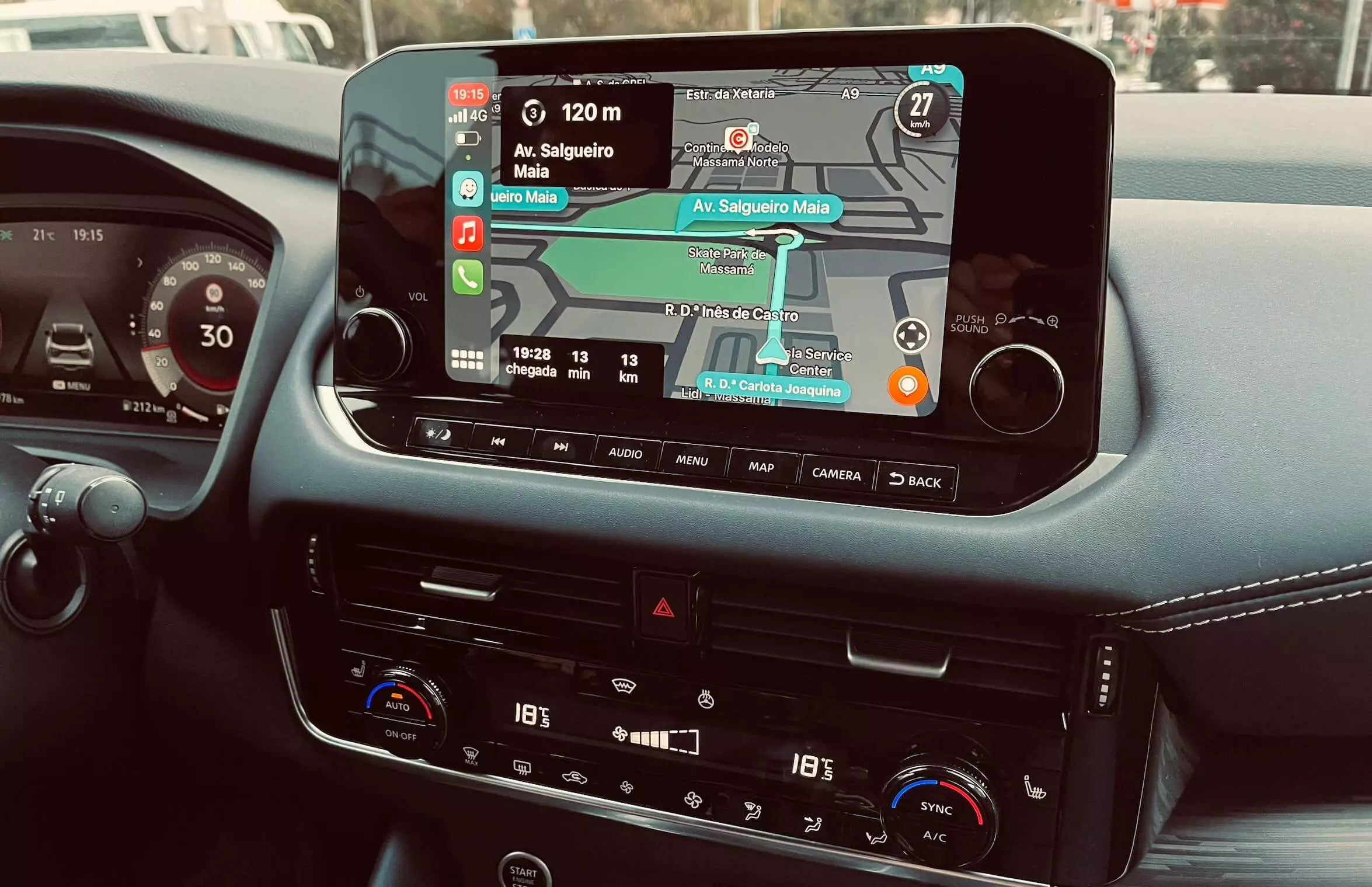
Is it the right car for you?
He won't influence the market in the same way as in 2007, nor could he, after all, he was the one who dictated the beginning of the SUV/Crossover fashion and today we have a market saturated with value propositions, more competitive than ever. But Qashqai, now in its third generation, continues to show itself at a very good level.
With an image that, despite not turning heads, conveys the clear idea that this is a different, more sophisticated Qashqai. The Japanese crossover presents itself with more space and stuffed with equipment and technology that cannot be ignored. And build quality and coatings also represent an evolution.
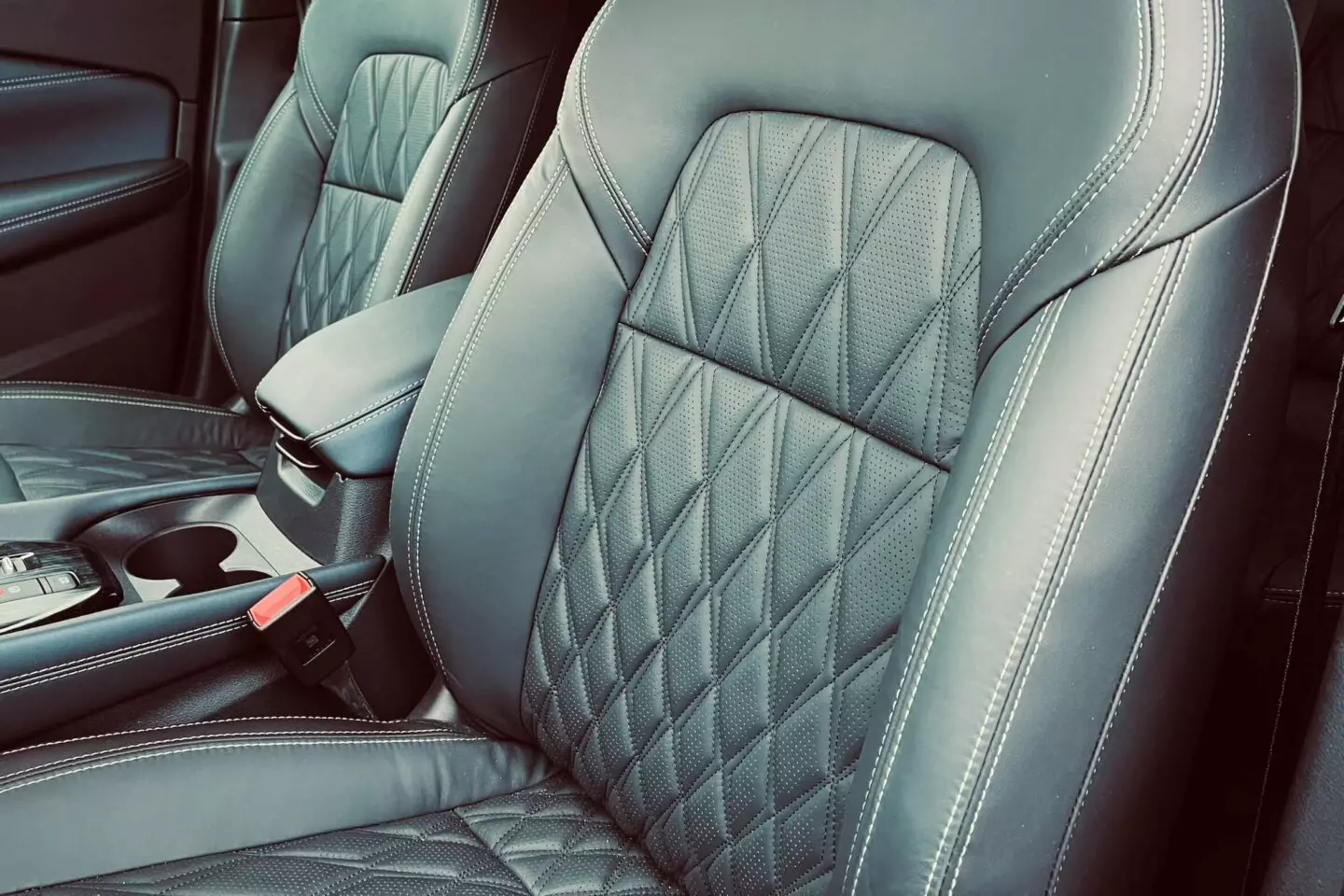
Front seats are very comfortable and allow for an excellent driving position.
If we add to that the versatility that has always marked it, the low consumption on the highway and the good dynamics it exhibits when we pick up the pace, we realize that it has everything to be, once again, a success case for Nissan.
The behavior on floors in worse condition deserves a point, but I'm aware that the 20” wheels and the firmer suspension could be to blame. The engine was also not entirely convincing, revealing some shortcomings in the lower regimes. But if we know how to use it and don't let the engine revs drop, that's not a problem.
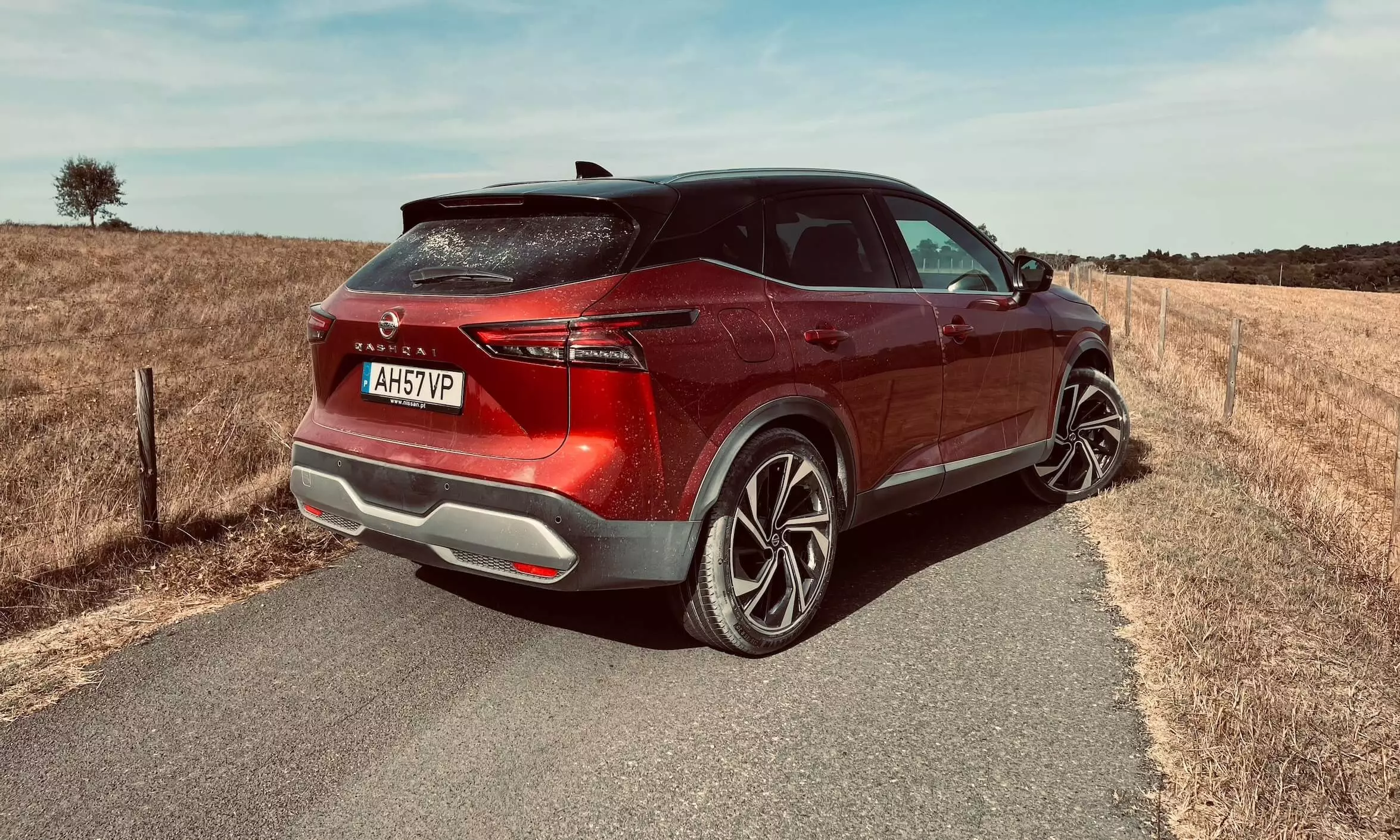
Still, I confess that I was curious to test the new hybrid version e-Power , in which the gasoline engine assumes only the generator function and is not connected to the driving axle, with the propulsion resorting only and only to the electric motor.
This system, which transforms the Qashqai into a kind of gasoline electric, has a 190 hp (140 kW) electric motor, an inverter, a power generator, a (small) battery and, of course, a gasoline engine. case an all-new 1.5 l three-cylinder and turbocharged 154 hp engine, which is the first variable compression ratio engine to be marketed in Europe.
